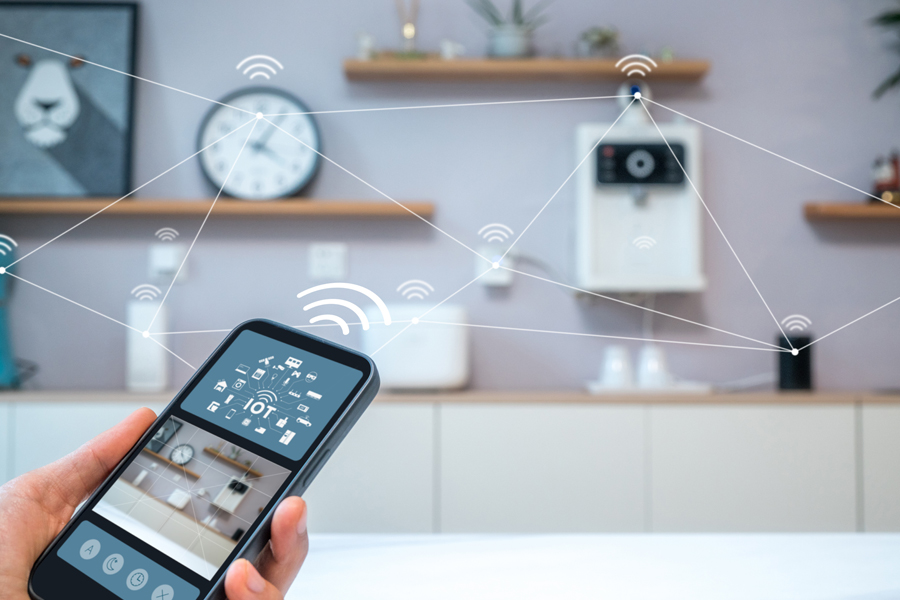Imagine an online hacker using your refrigerator or garage door opener to access your bank account.
Sounds far-fetched, but as more smart home appliances and other devices link through the internet, cybersecurity experts warn that hackers will discover new ways to steal data.
There are approximately 17 billion devices connected to the internet, including everything from mobile phones, computers and printers to TVs, fitness equipment and medical devices.
Even cars use the internet to access location data and credit card information.
While it might be convenient to use a mobile app to turn on lights before you arrive home, there is a risk.
Consumers often fail to install software security updates on smart home appliances or protect them with strong passwords.
Ironically, home security cameras have become popular targets for hackers.
To protect internet-connected devices, the CyberSafe at USPS team offers the following tips:
• Update. Stay current on all software updates and security patches.
• Disable. If a device can function without the internet, disable the online connection.
• Protect. Use a strong, memorable passphrases as device passwords.
Employees are reminded that plugging personal devices — smartphones, tablets, wearable technology, smart home devices — into USPS equipment violates Postal Service policies and puts the organization’s network at risk.
Employees working from home are allowed to use personally owned external keyboards, monitors, wired headphones and mice with USPS equipment.
The CyberSafe at USPS pages on Blue and LiteBlue have more cybersecurity best practices.

